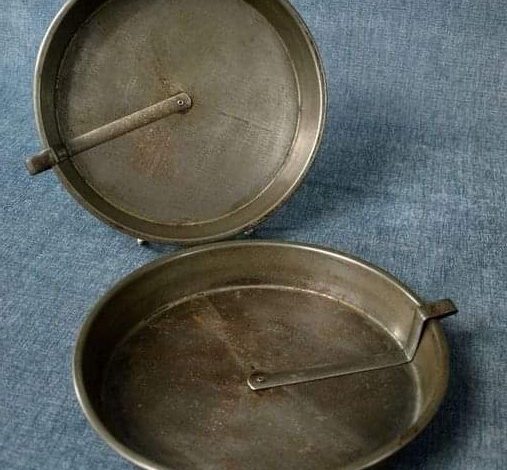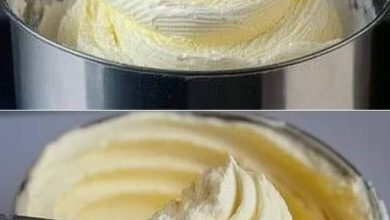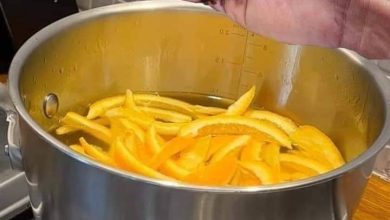
ADVERTISEMENT
The Historical Significance of Antique Pâté Molds
Introduction
Antique kitchenware often carries with it stories of culinary history and tradition, providing a window into the domestic lives of the past. Among these historical tools are the antique pâté molds, which were essential in the preparation of pâté, a staple in European cuisine. This article explores the design, use, and cultural significance of these molds.
Main Body The featured antique pâté molds are typically made from metal, such as tin or copper, materials favored for their heat conductivity and durability. These molds consist of two halves that close together, with latches or pins to hold them securely during the cooking process. The interior of the mold is smooth to ensure that the pâté can be easily unmolded after cooking, showcasing a seamless, decorative appearance.
The design of these molds is not merely functional but also an art form. Often, they were crafted to create a decorative pattern on the pâté itself, which speaks to the aesthetic expectations of the time for both cookware and the dishes they produced. The craftsmanship of these molds required a deep understanding of both culinary and metalworking skills, reflecting a time when kitchen tools were both utilitarian and decorative.
Using these molds involved a detailed and meticulous process. The chef would prepare the pâté mixture, traditionally made of finely ground or chopped meat, fat, and various seasonings, which would then be carefully placed into the greased mold. The mold would be sealed and cooked in a bain-marie (water bath) to ensure gentle, even cooking that is crucial for the delicate pâté.
ADVERTISEMENT
The cultural significance of pâté molds extends beyond their practical application. They are a testament to the evolution of culinary practices and the social importance of dining aesthetics. In the upper echelons of society, particularly in France, serving pâté was not just a gastronomic endeavor but a statement of class and sophistication. These molds, therefore, were not just kitchen tools but symbols of cultural identity and social status.
Conclusion Antique pâté molds, such as those illustrated, are more than remnants of culinary history. They are artifacts that tell stories of past lifestyles, culinary arts, and social customs. Today, they serve as collectibles and decorative items, cherished not only for their beauty but also for their ability to connect us to the culinary practices of the past. As we look at these molds, we are reminded of the intricate link between food, culture, and art through the ages, reinforcing the idea that cooking is a form of both sustenance and expression.




